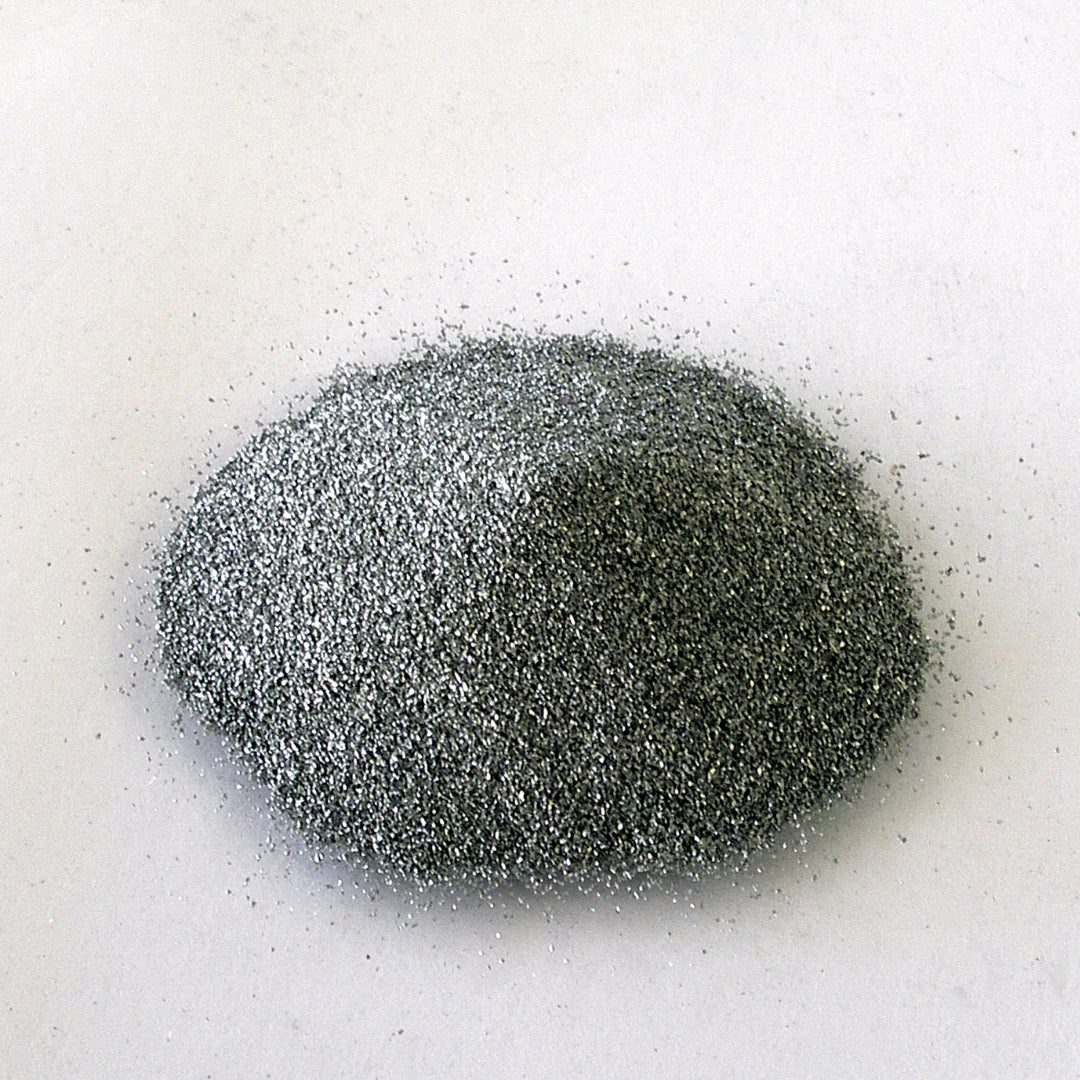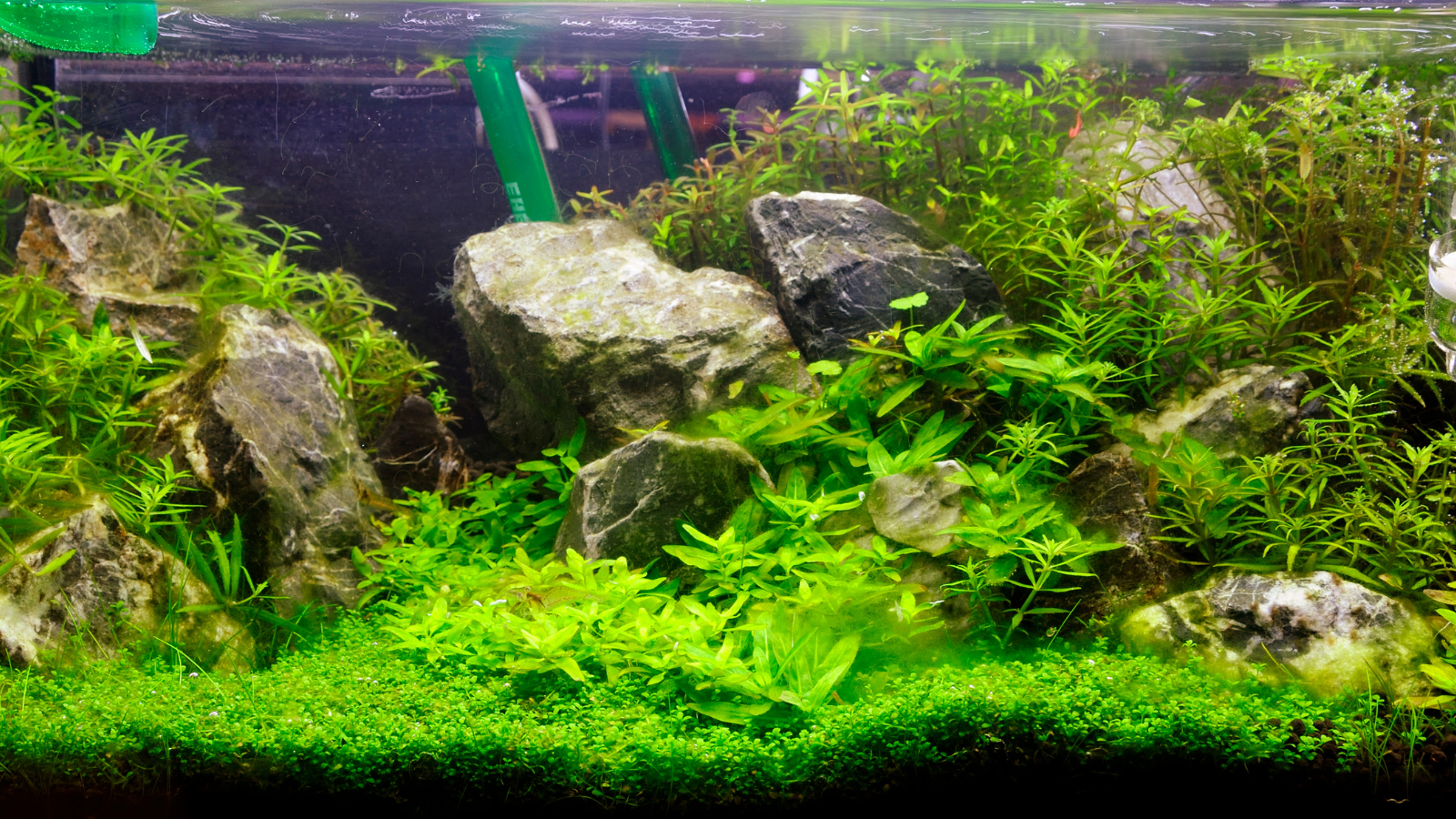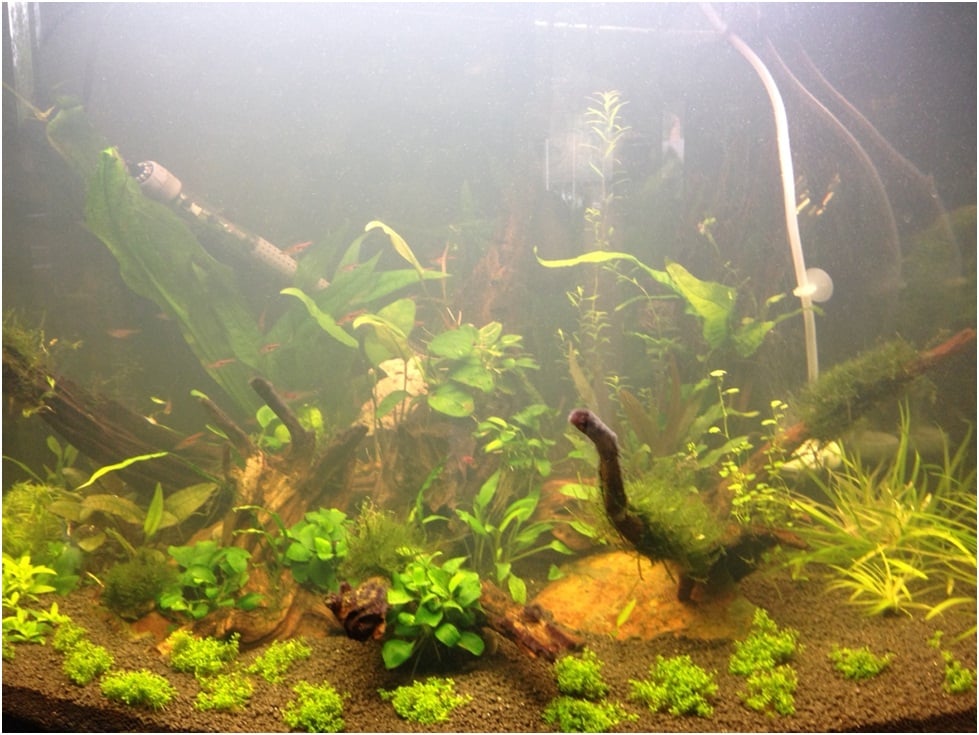
Activated carbon in aquarium
Activated carbon has been used in home aquariums almost since the beginning of the aquarium hobby and despite new solutions constantly appearing, it is still the best-selling filtering material. Despite this, opinions on the value of using activated carbon in filtration system are very divided.
On the one hand there are activated carbon enthusiasts who believe that it should be used as the standard medium for constant use in most modern filters as one of the best chemical filtration media for both freshwater aquarium and saltwater aquarium. Others believe that it should only be used for special needs, and still others believe that activated carbon should not be used in the planted tanks at all. In order to form your own opinion on this subject, it is worth getting interested in what activated carbon, how it works and what actually can activated carbon remove?

What is activated carbon?
Activated carbon is a form of elemental carbon (C) which has a very large surface area by weight, making it an excellent absorbent due to the superior pore structure.
As such, activated carbon is not found in nature, but can be obtained from actually any material with a high elemental carbon content. Commonly used raw materials for the production of activated carbon are: wood, hard coal, lignite, peat and other organic substances (although on a much smaller scale). The base material is subjected to a special thermal treatment, resulting in a highly porous carbon. This structure is the cause of the staggering career of activated carbon, because the tiny pores allow for "capturing" of harmful substances from water or air, which will be released only in the process of carbon utilization.
How does activated carbon work in aquarium?
Activated carbon works by absorbing the many dissolved pollutants found in aquarium water such as chloramine and chlorine, tannins (which colour the water) and phenols (which cause unpleasant odours). However, there are many important toxins and organic compounds that activated carbon does not remove.
First of all, it does not remove ammonia and its derivatives: nitrites and nitrates, from your fish tank. to remove ammonia, nitrite and nitrate values and other dissolved organics compounds, water change or other methods should be used. For example, plants absorb as many toxic nitrites and nitrates as they can. Finding the right balance between the amount of plants in the freshwater aquarium and the right filter media is the key to succeed in proper filter system. Carbon filter also does not remove some heavy metals, such as lead and copper. If you suspect that your water source may contain heavy metals, use a water treatment product before introducing it into the aquarium. In general, the substances that are very well absorbed by activated carbon in a fish tank setting include: antimony, arsenic, bismuth, chromium, tin, bromine, iodine, fluorides, silver, mercury, cobalt, zircon, lead, nickel, titanium, vanadium and iron. In most cases, this is a rather desirable action, although, for example, trapping too much iron in a plant aquarium can also have negative consequences.
Activated carbon perfectly absorbs most of the drugs used to treat fish. For this reason, it should not be used during the treatment (it will have a negative impact on its effectiveness) and it must be used when the treatment has already finished (it will remove the residues from the water).
Should I use activated carbon and how?
Going back to theeory, filtration in the aquarium can be devided into 3 phases: mechanical filtration, biological filtration and chemical filtration. Activated carbon performs in the last one. Overall, using activated carbon in your aquarium filter is a good thing, but not a must. If you test your water regularly, do partial water changes and treat new tap water (regular tank maintenance)- in most cases there is no need to use activated carbon. Therefore, many sources recommend that it should be used only in cases of specific contamination. Of course, there are situations when the use of a carbon filter will not make any sense, for example in the case of a black water aquarium, because carbon very easily captures humic compounds from the water, which conditions the existence of this biotope. On the other hand - if we want the effect of clear, transparent water - activated carbon is an excellent choice for this job.
How to use activated charcoal?
First of all, the carbon filter pads should be placed in a reusable media bag, behind the biological and other filter media inside the mechanical filter . Otherwise, it will impair the action of nitrifying bacteria which are beneficial bacteria, and more specifically, it will cause them to have no food (and thus die) and it will take care of nitrification itself (which in turn will lead to its rapid "consumption"). Adding carbon behind the biological cartridge will allow the biology to perform the nitrification process. And carbon will carry out its denitrification though this is only an addition to its main operation.
As activated carbon binds to the toxins it removes from the water, it eventually becomes saturated and is no longer able to absorb additional pollutants. For this reason, the filter pads needs to be changed regularly - usually once a month (although of course it all depends on the type of coal and the amount of substances it has to absorb). Longer pauses will make the carbon filter ineffective. In addition, activated carbon may begin to "give back what it has collected" over time. Under normal circumstances this should not happen, but if the water chemistry changes significantly (e.g. during a water change), the carbon may begin to release some of the absorbed substances. Therefore, it is not worth delaying the replacement of coal. If you notice the tank water quality change, begin to turn yellow or you sense that the water smells bad, it is time to replace it.
There is a common myth that activated carbon can be "recycled" by heating it to a high temperature (e.g. by baking it in an oven). This is not the case. Only specially produced and properly (tightly) stored coal has absorption properties. For this reason, activated carbon should always be kept in a tightly closed container.


